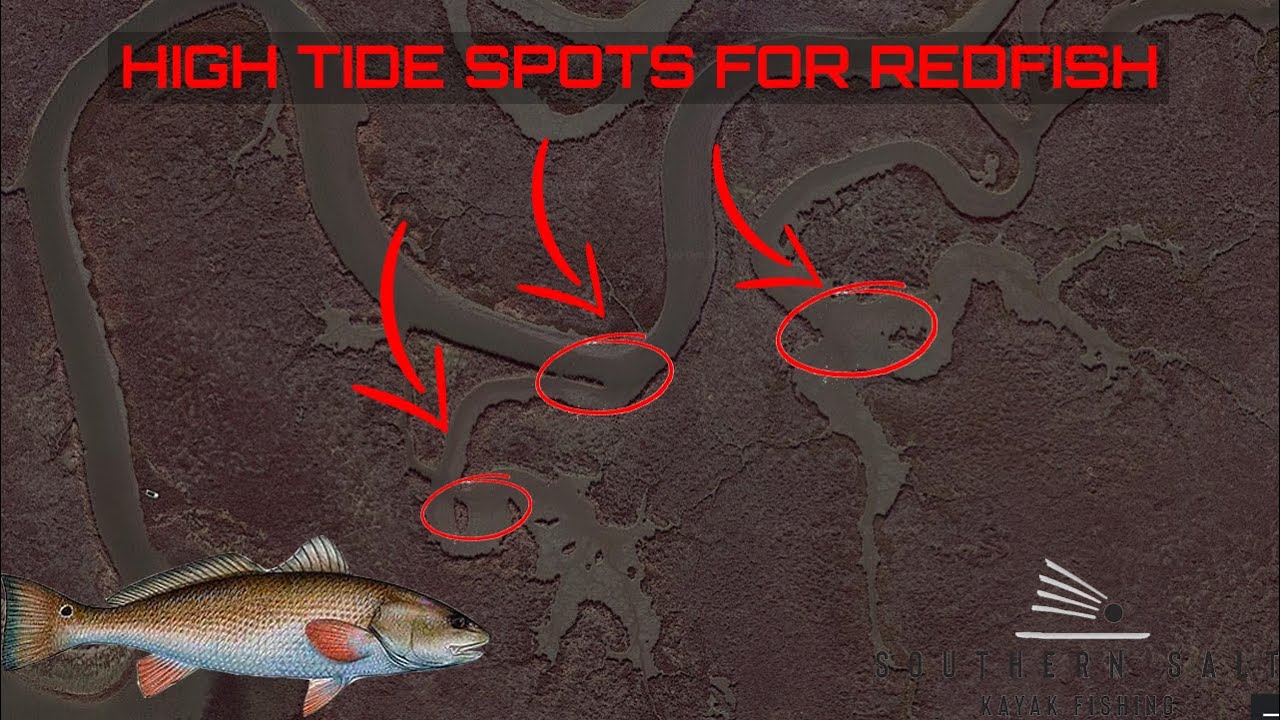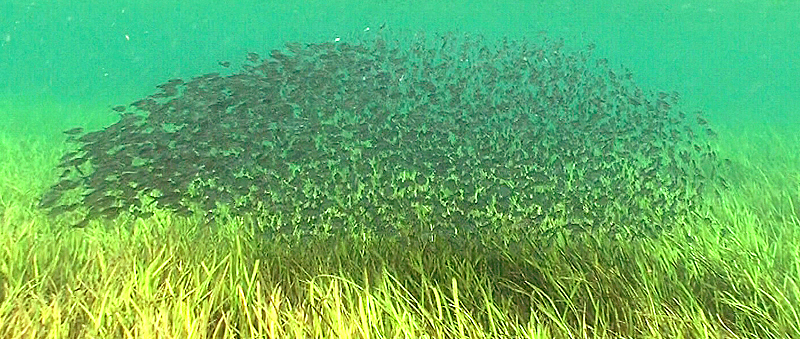Importance of Tidal Level and Movement in the Bay

When you're targeting redfish and speckled trout, understanding how tides work is a key piece of the puzzle. One of the most important things you’ll learn as an angler is that fish behavior changes with the movement of the water. Fishing during a slack tide, when the water isn’t moving much, can often feel like you’re fishing in a desert. But once the tide starts moving in or out, it’s like the dinner bell rings for redfish and trout. Here's why tidal movement plays such a big role in these fish’s behavior and how you can use this knowledge to your advantage.
Tides create water movement, and for fish like redfish and speckled trout, that movement is crucial. When the tide is flowing, whether it’s incoming or outgoing, it stirs up the water and moves baitfish, shrimp, and crabs around. Redfish and trout rely on this water movement to bring food to them, making it easier for them to ambush prey. Essentially, moving water means moving food, and where there’s food, there are hungry fish.
During a slack tide, when the water isn’t moving much, baitfish and shrimp aren’t being swept along by the current. Everything slows down, including the fish. Without that natural flow of food, redfish and trout tend to become more sluggish and less likely to bite. Many anglers notice that during these slack periods, the bite turns off. The fish are still there, but they’re not actively feeding because they aren’t being presented with easy meals.
When the tide starts to come in, it brings water and baitfish into shallow areas like flats, creeks, and marshes. Redfish, in particular, love to follow the rising tide into these areas to forage for shrimp, crabs, and baitfish that are being pushed in with the water. An incoming tide can be a great time to target redfish as they’re moving with the water, actively hunting for food.
Speckled trout, on the other hand, often set up in deeper channels or near structure, waiting for the tide to bring bait their way. As the water moves over sandbars, oyster beds, or other types of structure, it pushes baitfish toward these ambush spots where trout are waiting. As the tide goes out, it pulls water, and bait, out of the marshes and flats, funneling everything into deeper channels and cuts. This is another prime feeding time for both redfish and speckled trout. Redfish often position themselves near the mouths of creeks or drains, waiting for bait to be funneled out with the current. Trout do the same thing, hanging out in deeper areas where the current is sweeping baitfish past them.
The outgoing tide concentrates the baitfish, making it easier for predators like redfish and trout to feed. For anglers, this means positioning yourself in areas where the water is flowing out and funneling bait into a smaller, more confined space. These are often the spots where the fish are the most aggressive.
Knowing when the tides are moving can help you plan your fishing trip more effectively. Tide charts are your best friend when it comes to this. Check the tide schedule and aim to fish around the periods when the tide is moving in or out. You don’t have to be out there for the entire tidal cycle—focus on the window of time when the water is moving, as that’s when the fish are likely to be feeding.
Another reason tidal movement is so important is because it creates natural bait movement. Shrimp and baitfish get swept along with the current, and redfish and trout take advantage of this by positioning themselves in spots where the water flows over structure, into cuts, or along grass lines. Understanding how the tide moves bait can help you position yourself to cast where the fish are most likely to be waiting.
When the tide is rising or falling, fish tend to hang out along edges, whether it's the edge of a grass flat, the mouth of a creek, or the drop-off of a sandbar. These are ambush spots where fish can intercept bait as it moves with the current.
Cast your bait up current and let it drift naturally with the tide. Redfish and trout are used to seeing food moving with the current, so a natural presentation will make your bait more appealing to them.
If you’re stuck fishing during a slack tide, try focusing on deeper areas where fish might be resting. Even though the bite will be slower, you can still entice a bite if you find where the fish are holding.
Understanding tidal movement is one of the most important factors in consistently catching redfish and speckled trout. When the water is moving, so is the bait, and that’s when fish are actively feeding. Pay attention to the tides, plan your trips around the periods of incoming or outgoing water, and focus on areas where the current funnels bait toward waiting fish. Mastering the tides will help you land more fish and make your time on the water much more productive.




